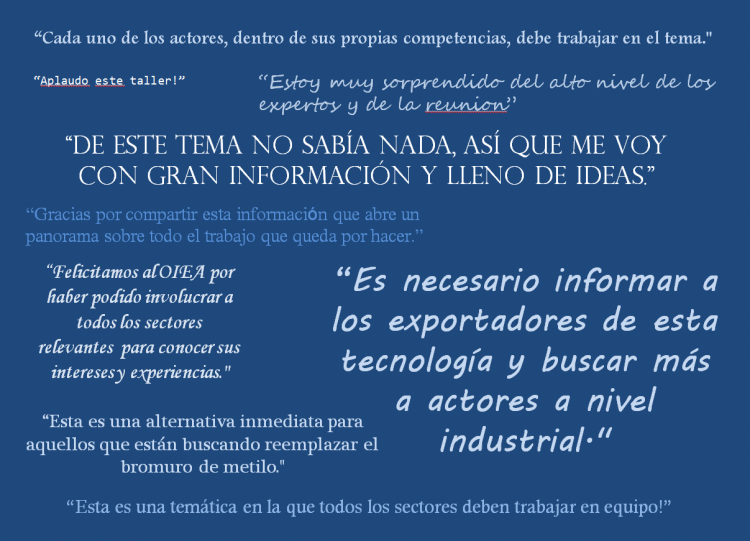Current conventional practices to conserve and protect food include heat treatments, refrigeration, freezing, drying, fermenting and the utilization of chemicals products. Food irradiation is another technological solution which can address both food quality and safety by virtue of its ability to control spoilage and food borne pathogenic microorganisms, as well as harmful insect pests, without significantly affecting sensory or other organoleptic attributes of foods. Therefore, the increased adoption of food irradiation technologies could have an immediate and significant impact on global food security, food quality and food safety. Food irradiation technology can also have an immediate impact on a country's ability to export foods.
The project, designated RLA/5/066, contributes to the facilitation of trade while improving food security and safety. It aims to achieve a hundredfold increase in the volume of food treated annually by electron beam (e-beam) and X-ray (this is curerntly approximately 100 tonnes) by 2024. In addition, the project aims to increase the use of these technologies to at least 30% of all food irradiated by 2024.
The participating countries will be enabled to make an informed choice between different irradiation technologies (gamma, e-beam, and X-ray) and the opportunities and challenges that they offer. The project will foster the emergence of commercial products that will use e-beam and X-ray irradiation technologies in the Latin American and the Caribbean region to satisfy phytosanitary requirements, increase the safety of fresh and frozen sea products, and reduce post-harvest waste by inhibiting the germination of bulbs and tubers.



